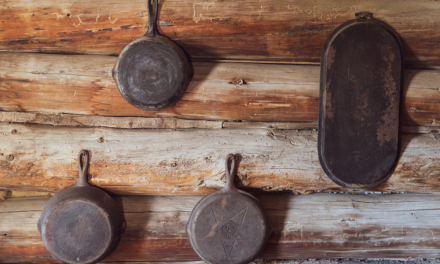Chula Vista’s history, lush with cultural integration, began long before its official incorporation.
The Kumeyaay people originally inhabited the land, a testament to the region’s deep indigenous heritage. Spanish exploration brought new influences to the area, which would eventually meld into the city’s diverse cultural tapestry.
The Birth of Chula Vista: An Agricultural Eden
Chula Vista, Spanish for “beautiful view,” was officially recognized in the early 20th century.
Its fertile lands, perfect for agriculture, spurred an economy initially rooted in lemon farming, which laid the groundwork for a thriving community centered around bountiful harvests.
War and Progress: The Catalysts of Change
The onset of World War II was a turning point for Chula Vista, as the demand for wartime goods led to the establishment of the Rohr Aircraft Corporation.
This not only bolstered the economy but also significantly increased the population, transforming the city’s landscape and demographic.
Post-War Boom and Urbanization
In the post-war era, Chula Vista continued to expand, with the development of suburban housing catering to returning veterans and their families.
This growth was paralleled by a burgeoning school system and the creation of community spaces, marking Chula Vista’s evolution into a suburban haven.
Modern Chula Vista: A City of Innovation and Diversity
Today, Chula Vista in California is recognized for its commitment to innovation, sustainability, and cultural diversity.
It’s the second-largest city in San Diego County, boasting a rich array of community programs, business opportunities, and environmental initiatives that mirror its progressive spirit.
Q&A: Delving Deeper into Chula Vista’s Historical Landscape
Q: What industries have shaped Chula Vista’s economy over the years?
A: Chula Vista’s economy has been shaped by various industries, from its agricultural beginnings with lemon cultivation to the wartime manufacturing boom and, more recently, by advancements in clean technology and commerce.
Q: How has Chula Vista’s location influenced its development?
A: Chula Vista’s prime location between the San Diego Bay and coastal mountain foothills has made it an attractive spot for residential and business development, bolstered by its scenic beauty and favorable climate.
Q: What role has the military played in Chula Vista’s growth?
A: The military has played a significant role, with wartime industries prompting rapid population growth and urban expansion, a legacy that continues to influence the city’s character and infrastructure.
Q: How does Chula Vista maintain its environmental initiatives?
A: Chula Vista maintains its environmental initiatives through rigorous conservation programs, green building practices, and public education on sustainability, underscoring its role as a leader in ecological responsibility.
Q: What cultural events highlight Chula Vista’s diversity?
A: Cultural events such as the Lemon Festival, Starlight Parade, and HarborFest highlight Chula Vista’s diversity, celebrating its rich history and the various cultures that contribute to the city’s vibrant community life.
Q: What challenges does Chula Vista face as it continues to grow?
A: As it grows, Chula Vista faces challenges like managing urban development while preserving green spaces, maintaining affordable housing, and ensuring sustainable growth that benefits all residents.
Chula Vista’s Ongoing Journey
The story of Chula Vista is one of persistent growth and transformation.
From its agricultural origins to its modern status as a beacon of diversity and innovation, the city continues to navigate the complexities of progress while honoring the natural beauty and community values that have always been at its core.
As Chula Vista forges ahead, it does so with an eye toward a future that is as dynamic and promising as its past is rich and storied.
What new developments will shape the next chapters of Chula Vista’s history, and how will the city adapt to the evolving needs of its citizens?





